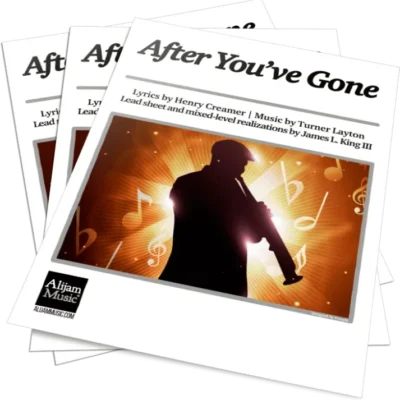Description
Calypso music was developed in Trinidad in the 17th century from the West African Kaiso and canboulay music brought by African slaves imported to that Caribbean island to work on sugar plantations. The slaves, brought to toil on sugar plantations, were stripped of all connections to their homeland and family and not allowed to talk to each other. They used calypso to mock the slave masters and to communicate with each other. Many early calypsos were sung in French Creole by an individual called a griot. (pronounced GREE-oh.) As calypso developed, the role of the griot became known as a chantuelle and eventually, a calypsonian.
Modern calypso, however, began in the 19th century, a fusion of disparate elements ranging from the masquerade song lavway, French Creole belair and the calinda stick-fighting chantwell. Calypso’s early rise was closely connected with the adoption of the pre-Lent Carnival festival by Trinidadian slaves, including canboulay drumming. The French brought Carnival to Trinidad, and calypso competitions at Carnival grew in popularity, especially after the abolition of slavery in 1834.
In the US, calypso gained recognition after the Andrews Sisters’ recording of Rum and Coca-Cola became a huge hit. Even bigger was Harry Belafonte’s recording of the Banana Boat Song. Both of these simplified calypsos brought the form of the calypso rhythm (used in James King’s composition) to American ears.
Key: D major
Mood: breezy, tropical, energetically laid-back
Pedagogy: staccato, tenths, scales, calypso rhythm





Reviews
There are no reviews yet.